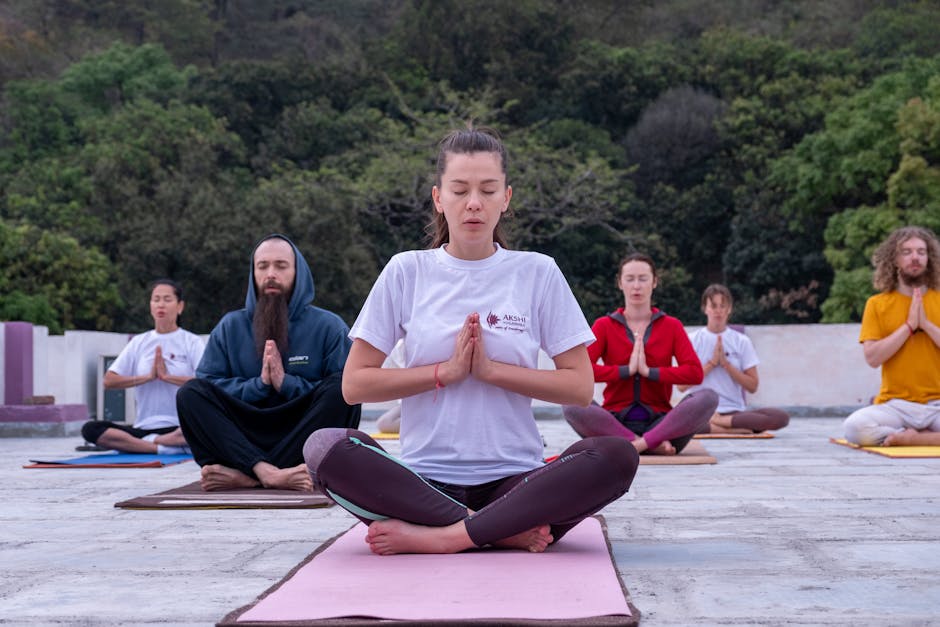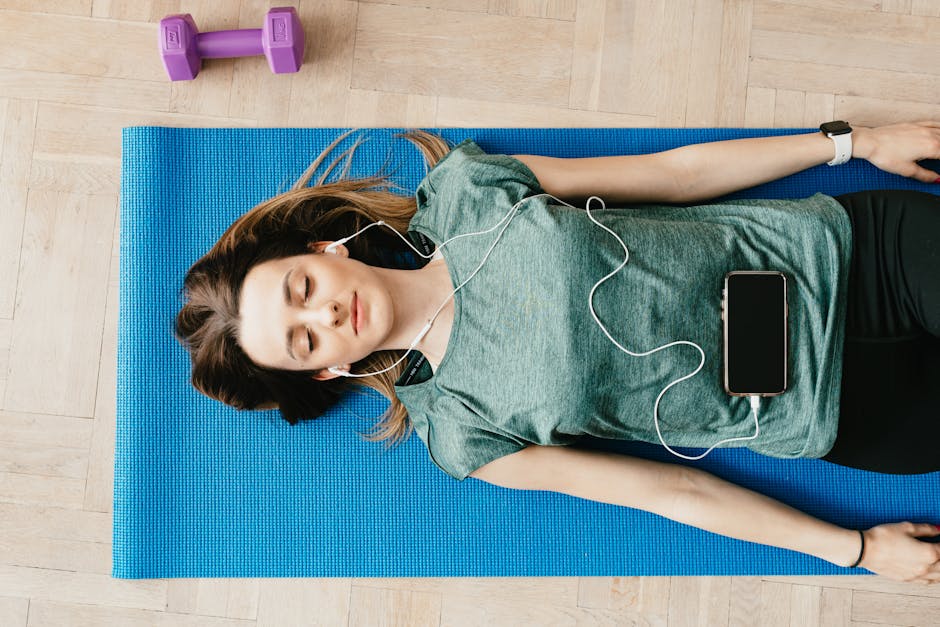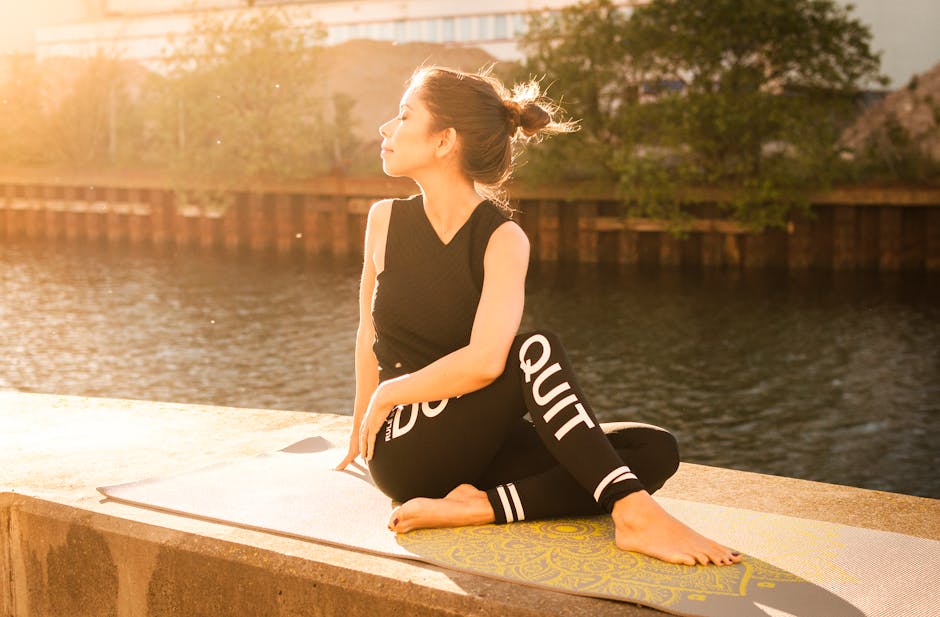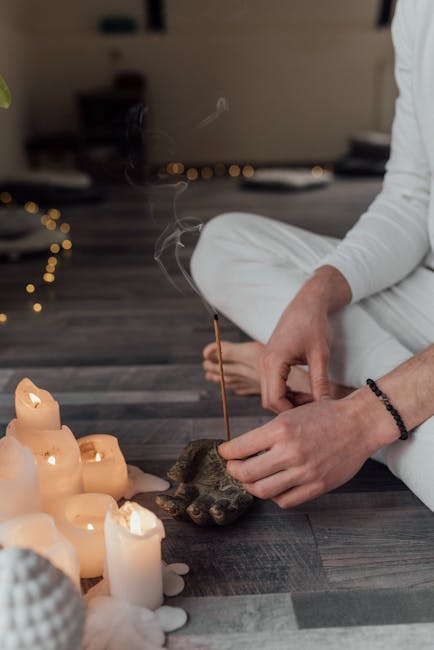Developing a consistent mindfulness routine can feel like trying to catch a cloud—it seems elusive at first, but with the right practices, it becomes a natural part of your day. Mindfulness isn’t just about sitting cross-legged and meditating; it’s about being present in your life, moment by moment. If you’ve ever felt overwhelmed, distracted, or like life is passing you by, mindfulness can be your anchor. Stick around, and we’ll explore practical, beginner-friendly ways to weave mindfulness into your daily life.
Key Takeaways
- Mindfulness is about being fully present and aware in the moment.
- A consistent routine can improve mental clarity, emotional resilience, and reduce stress.
- Starting small, creating a mindful morning, and using daily cues can help build the habit.
- Overcoming challenges and exploring advanced practices deepen your mindfulness journey.
Introduction to Mindfulness and Its Importance
Definition of Mindfulness
At its core, mindfulness is the practice of paying attention—on purpose—to the present moment without judgment. It’s like hitting the pause button on life’s chaos to simply be. Whether you’re sipping coffee, walking in the park, or even washing dishes, mindfulness invites you to fully experience the here and now.
Benefits of a Consistent Mindfulness Routine
Why bother with mindfulness? Because it’s like a mental gym for your brain and emotions. Here’s what it can do:
Improved Mental Clarity
Mindfulness clears the mental fog. It helps you focus better, make decisions with ease, and stay sharp. Think of it as decluttering your mind, one thought at a time.
Enhanced Emotional Resilience
Life throws curveballs, but mindfulness helps you bounce back. It teaches you to observe your emotions without being swept away by them.
Reduced Stress and Anxiety
Mindfulness is like a soothing balm for a frazzled mind. Studies show it lowers cortisol levels, helping you feel calmer and more grounded (source).

Starting Small: Building the Foundation for Mindfulness
Setting Realistic Goals
Rome wasn’t built in a day, and neither is a mindfulness routine. Start small. Instead of aiming for an hour-long meditation, commit to just five minutes.
Beginning with Short Practices
5-Minute Mindfulness Exercises
Set a timer for five minutes. Close your eyes, breathe deeply, and focus on the sensation of air entering and leaving your nose. That’s it. Simple, right?
Mindfulness of the Breath
Your breath is always with you, making it the perfect anchor. Whenever your mind wanders, gently bring it back to your breath.
Tracking Progress and Celebrating Small Wins
Keep a journal or use an app to track your mindfulness streaks. Celebrate small victories—like completing a week of practice. It’s these little wins that keep you motivated.

Creating a Mindful Morning Routine
Benefits of Starting the Day Mindfully
How you start your morning sets the tone for the rest of your day. A mindful morning routine can boost your mood, increase focus, and make you feel more in control.
Steps to Establish a Mindful Morning Routine
Incorporating Meditation or Breathing Exercises
Begin your day with a few minutes of meditation or deep breathing. It’s like stretching your mind before the day’s marathon.
Practicing Gratitude
Before you check your phone, think of three things you’re grateful for. Gratitude shifts your mindset from scarcity to abundance.
Engaging in Mindful Movement or Stretching
Yoga, stretching, or even a slow, mindful walk can awaken your body and mind.
Tips for Maintaining Consistency in the Morning
Consistency is key. Set a reminder or pair your mindfulness practice with an existing habit, like brushing your teeth. For more ideas, check out this guide on morning routines.

Techniques to Foster a Daily Mindfulness Practice
Anchoring Mindfulness to Daily Activities
Mindful Eating
Turn off the TV and savor your food. Notice the textures, flavors, and smells. Eating mindfully can transform a mundane meal into a sensory delight.
Mindful Walking
Take a walk without distractions. Feel the ground beneath your feet, notice the rhythm of your steps, and observe your surroundings.
Using Reminders and Cues
Setting Alarms or Notifications
Use your phone to set gentle reminders throughout the day to pause and breathe.
Placing Visual Reminders in Your Environment
Sticky notes with phrases like “Be present” can nudge you back to mindfulness.
Leveraging Mindfulness Apps and Tools
Apps like Headspace or Calm offer guided meditations and mindfulness exercises. They’re like having a mindfulness coach in your pocket.

Overcoming Challenges in Developing a Routine
Addressing Common Obstacles
Lack of Time
Think you’re too busy? Mindfulness doesn’t require extra time—it can be integrated into what you’re already doing.
Difficulty Staying Focused
It’s normal for your mind to wander. The key is to gently bring it back without frustration.
Strategies for Staying Motivated
Joining Mindfulness Groups or Communities
Being part of a group can keep you accountable and inspired.
Reflecting on Personal Progress
Take a moment to notice how mindfulness is improving your life. Are you less stressed? More focused? Let these changes fuel your motivation.
Adjusting the Routine to Fit Changing Needs
Life changes, and so should your routine. Be flexible and adapt your practices as needed. For more tips, explore this guide on mindfulness practices.
Advanced Practices for Deepening Mindfulness
Incorporating Mindfulness into Emotional Regulation
Recognizing and Processing Emotions Mindfully
When emotions arise, pause and observe them. Name what you’re feeling—“I’m angry” or “I’m sad”—without judgment.
Building Emotional Resilience
Mindfulness helps you respond to emotions thoughtfully rather than reacting impulsively.
Exploring Extended Mindfulness Practices
Body Scan Meditation
Lie down and slowly bring your attention to each part of your body, from head to toe. It’s deeply relaxing and grounding.
Loving-Kindness Meditation
Send thoughts of love and kindness to yourself and others. It’s like giving your heart a warm hug.

Conclusion: Sustaining a Lifelong Mindfulness Routine
Recap of Key Practices
From starting small to creating a mindful morning, and anchoring mindfulness to daily activities, you now have a toolkit to build a consistent routine.
Encouragement to Embrace Mindfulness as a Journey
Mindfulness isn’t a destination; it’s a journey. Some days will be easier than others, and that’s okay.
Final Thoughts on the Transformative Power of Mindfulness
Mindfulness has the power to transform not just your mind, but your entire life. It’s a gift you give yourself every day. Ready to start? Dive deeper into practicing mindfulness and see where it takes you.
Mindfulness isn’t about perfection—it’s about showing up. So take a deep breath, and let’s begin.
Mindfulness FAQ: Practices to Build a Consistent Routine and Embrace the Present
What is mindfulness, and why is it important to practice it consistently?
Mindfulness is the practice of being fully present and engaged in the current moment without judgment. Consistent practice helps reduce stress, improve focus, and enhance emotional well-being over time.
How can I start building a mindfulness routine if I’m a complete beginner?
Start small by dedicating 5-10 minutes daily to mindfulness activities, such as deep breathing or guided meditation. Gradually increase the time as you become more comfortable with the practice.
What are some simple mindfulness exercises I can incorporate into my daily life?
Simple exercises include mindful breathing, body scans, mindful eating, and paying attention to your surroundings during routine activities like walking or washing dishes.
How can I stay consistent with my mindfulness practice when life gets busy?
Set a specific time each day for mindfulness, even if it’s just a few minutes. Use reminders, such as alarms or apps, and integrate mindfulness into daily tasks to make it more manageable.
Are there any tools or apps that can help me develop a mindfulness routine?
Yes, apps like Headspace, Calm, and Insight Timer offer guided meditations, reminders, and mindfulness exercises to help you stay consistent and motivated.
What role does environment play in maintaining a mindfulness routine?
A calm and clutter-free environment can make it easier to focus and practice mindfulness. Designate a specific space for your practice to create a sense of routine and familiarity.
Can mindfulness practices be tailored to fit my personal preferences and lifestyle?
Absolutely! Mindfulness is flexible and can be adapted to suit your needs. Whether you prefer silent meditation, mindful movement, or journaling, find what resonates with you and fits your schedule.
How long does it take to see the benefits of a consistent mindfulness practice?
Some benefits, like reduced stress, can be felt immediately, while others, such as improved focus and emotional resilience, may take weeks or months of consistent practice to develop.
What are some common challenges in maintaining a mindfulness routine, and how can I overcome them?
Common challenges include distractions, lack of time, and losing motivation. Overcome these by starting small, setting realistic goals, and reminding yourself of the benefits mindfulness brings to your life.
Can mindfulness be practiced in group settings, and how does it help with consistency?
Yes, group mindfulness sessions or classes can provide accountability, support, and a sense of community, making it easier to stay consistent and deepen your practice.



